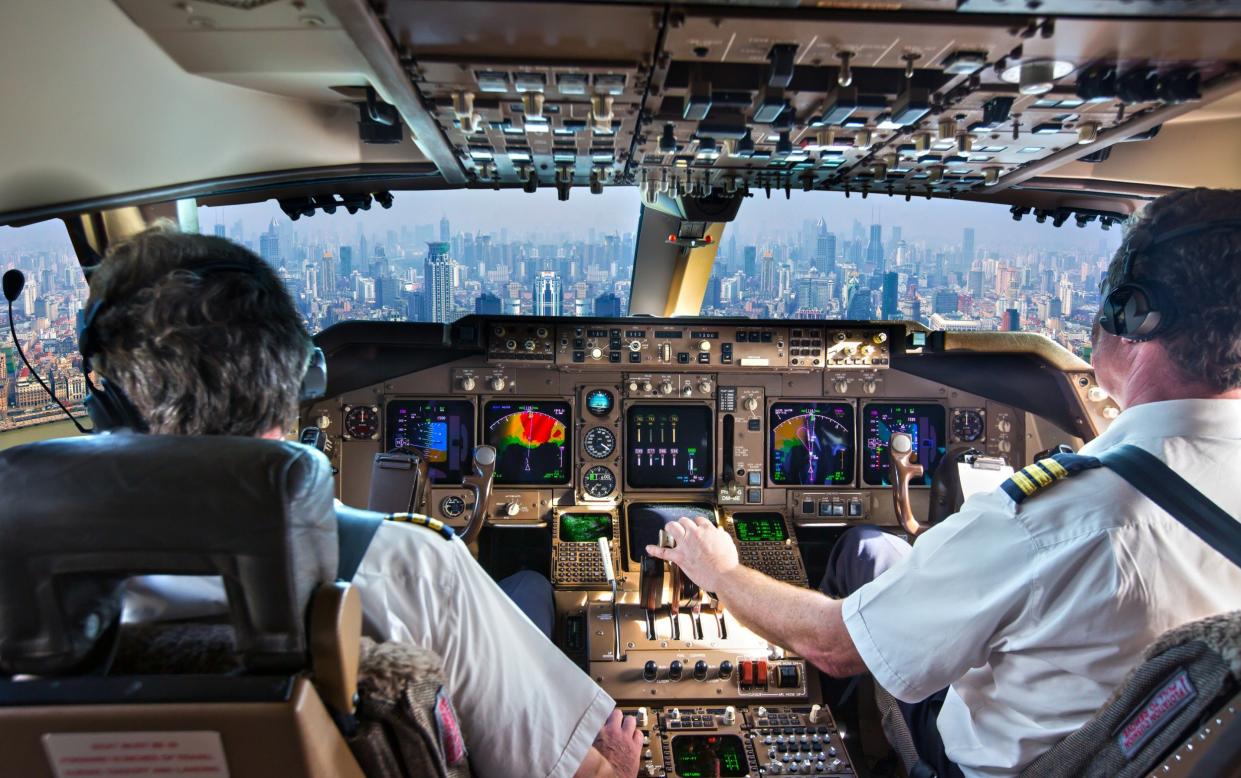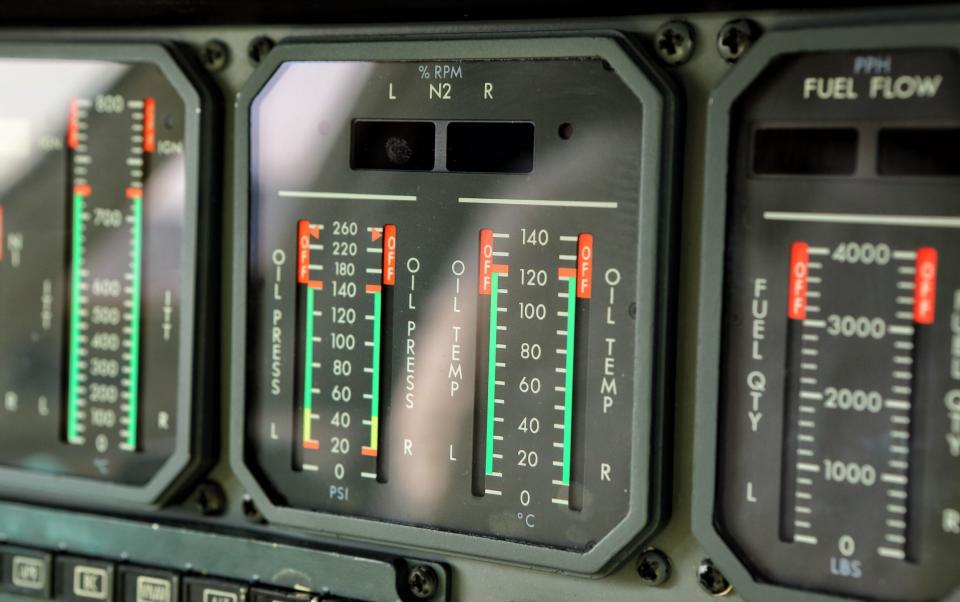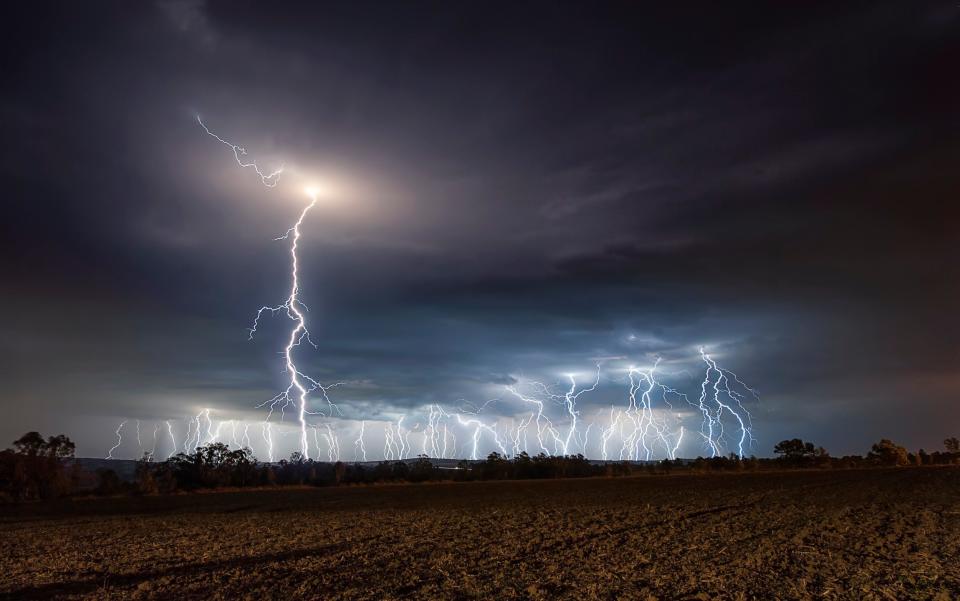What really happens in the cockpit when the autopilot is on?

Locked doors spark imagination and intrigue – none more so than the flight deck door of an airliner. For the best part of 20 years, they have remained firmly closed from gate to gate, with access permitted only to the operating crew.
So what happens behind this impenetrable barrier?
There’s little mystery surrounding the start, but once the plane is airborne, is the hard work over? Do we just sit there with our feet up as the autopilot takes the strain? Not quite.
The workload of an airline pilot is often compared to that of an anaesthetist – busy at the start and the end of the operation, but a bit more relaxed during the middle. That said, as with an operating theatre, there is still plenty to be done to ensure the safety of the passengers during the quieter period.
An aircraft will not fly very far without fuel. As a result, it is imperative that we continuously monitor the fuel status of the jet. The flight plan details exactly how much we should have at any given time and after passing each waypoint, roughly every 30 minutes, we check the level in the tanks against the figure on the flight plan.
If there is a discrepancy, we must take action to ascertain why. Typically this will be down to stronger headwinds or an inefficient cruising altitude. However, we must always be alert to the threat of a leak. They are rare, but do occur.

In August 2001, an A330 aircraft developed a fuel leak while crossing the Atlantic which resulted in both engines failing. Fortunately, the captain was Robert Piché, an experienced glider pilot, and the jet was just in gliding range of The Azores. They were able to land safely, saving all 306 people on board, after a 75-mile glide.
A good crew will always be thinking about worst-case scenarios. What if an engine was to fail now? What if a passenger was to have a heart attack? What if we lost cabin pressurisation and had to descend? As a result, we will always have a plan up our sleeves, ready to put into action.
As we progress along our route, we will always know how far our nearest suitable airfield is and in what direction. In addition, we will know the latest weather, the runway and approach in use, and if we are able to stop safely at our current weight.
An in-flight emergency increases the workload incredibly quickly so having a diversion plan already in place saves both time and mental capacity. As one diversion field passes behind us, we then prepare the same details for the next airfield, hopping our way along the route.
Even when it comes to actual flying, the autopilot is only as good as the information which we feed it. Crossing the equator takes us across the Inter-Tropical Convergence Zone, an area where the Northern and Southern Trade Winds meet. Here, massive thunderstorms, sometimes up to 60,000ft high (almost twice the cruising altitude of a passenger jet), litter our route. Air Traffic Control over central Africa can be limited so we must often pick our own way around the storms, coordinating with other aircraft doing the same.
Sometimes, however, there is no clear path and we have to take the ‘least bad’ route. If you hear the pilots telling the cabin crew to take their seats, you definitely should not be leaving yours.
Over continental Europe and America, the storms do not grow as large but the higher density of traffic sometimes makes weather avoidance more difficult. Using our radar systems, we try to give ATC as much notice as possible of our intentions to circumnavigate storms. It may need either us or other aircraft to change their altitude to avoid a potential mid-air collision.
Mid-flight climbs are not just conducted to avoid other aircraft. The higher the altitude, the thinner the air and the more efficient the engines become. However, when getting airborne for a long-distance flight, the weight of the fuel in the tanks will limit how high we can initially climb.

As the fuel is used throughout the flight, the aircraft becomes lighter, enabling us to climb to a higher altitude. This is known as a step climb. Of course, a climb might result in encountering stronger headwinds, negating the benefits of the thinner air. A decision has to be made at the time to ensure that we do not run low on fuel.
Fuel means options and at the time when we might require the most options, we have the least fuel. With this in mind, we use a significant part of the cruise to plan for our arrival and landing. On a clear day, there are rarely any issues with landing. But when the weather gets exciting, so too can the arrival.
Fuel also means time and the clock is always ticking downwards. No-one wants to see that clock strike zero. As a result, if we expect the weather at the destination to be challenging, we start thinking about worst-case scenarios again. What if we cannot land at the planned destination?
Before starting the approach, we will nominate an alternative airport which will pose no impediments to landing and calculate at what time we will need to start a diversion there. Therefore, should there be delays, when the clock runs out of time we already have a plan in place.
If you were able to peek into the cockpit mid-flight, you’d see two relaxed professionals, seemingly watching the world go by. What you won’t see is how their minds are working. Always calculating, always thinking, always ready to react to a problem.
The Secret Pilot is a Senior First Officer on a Boeing 787 Dreamliner. He has over 10,000 hours of flying experience both around Europe on the A320 family and worldwide on the 787. Read previous Secret Pilot columns here.

